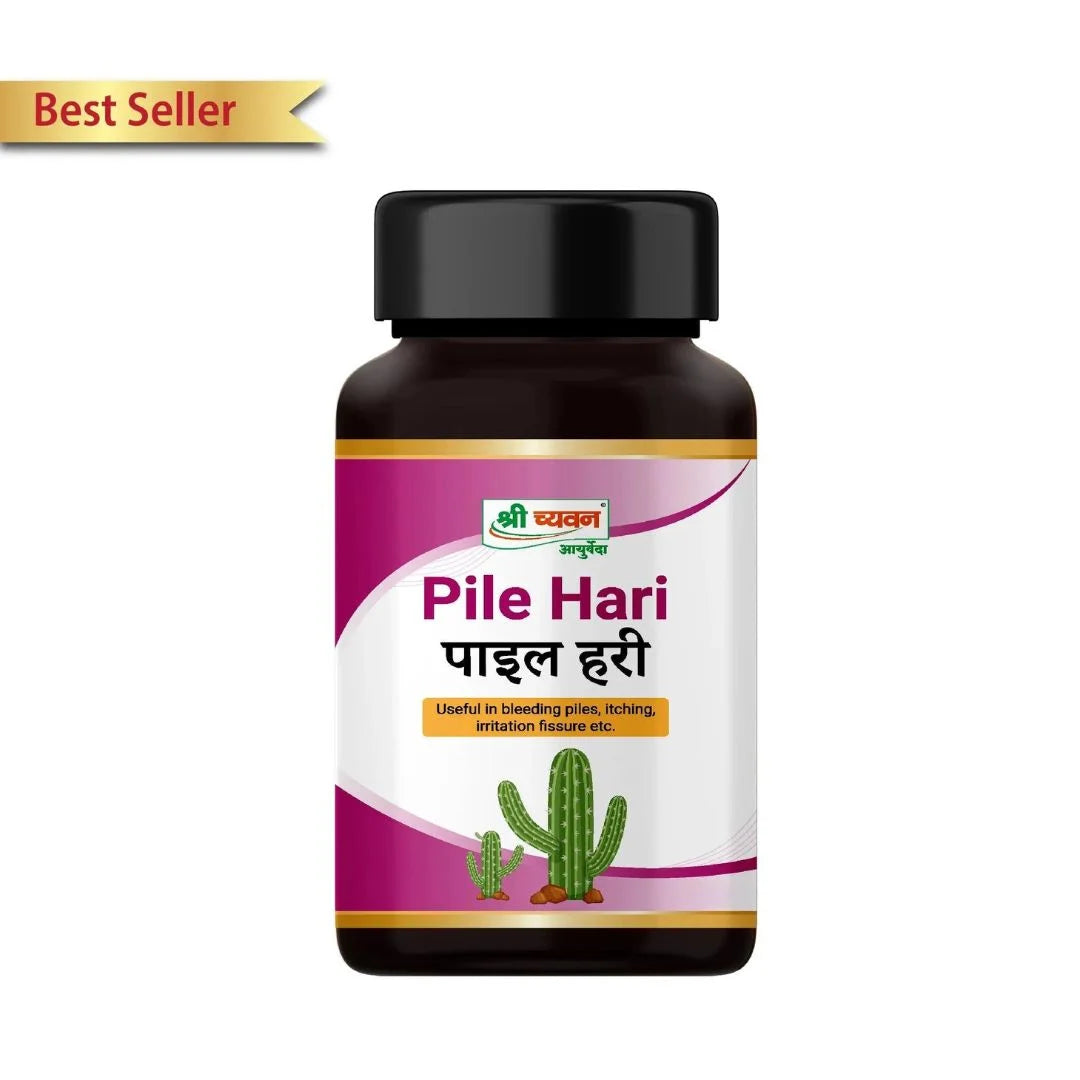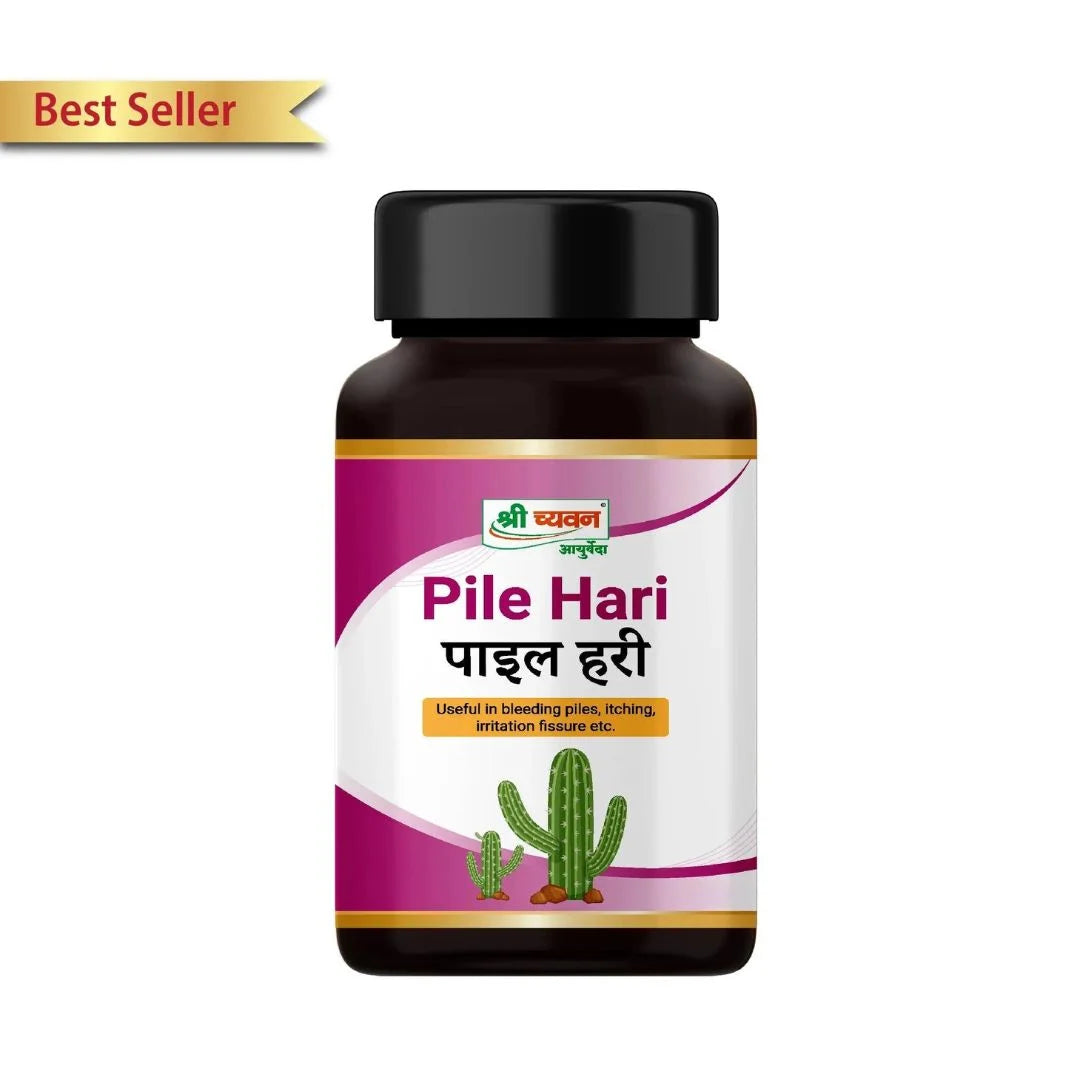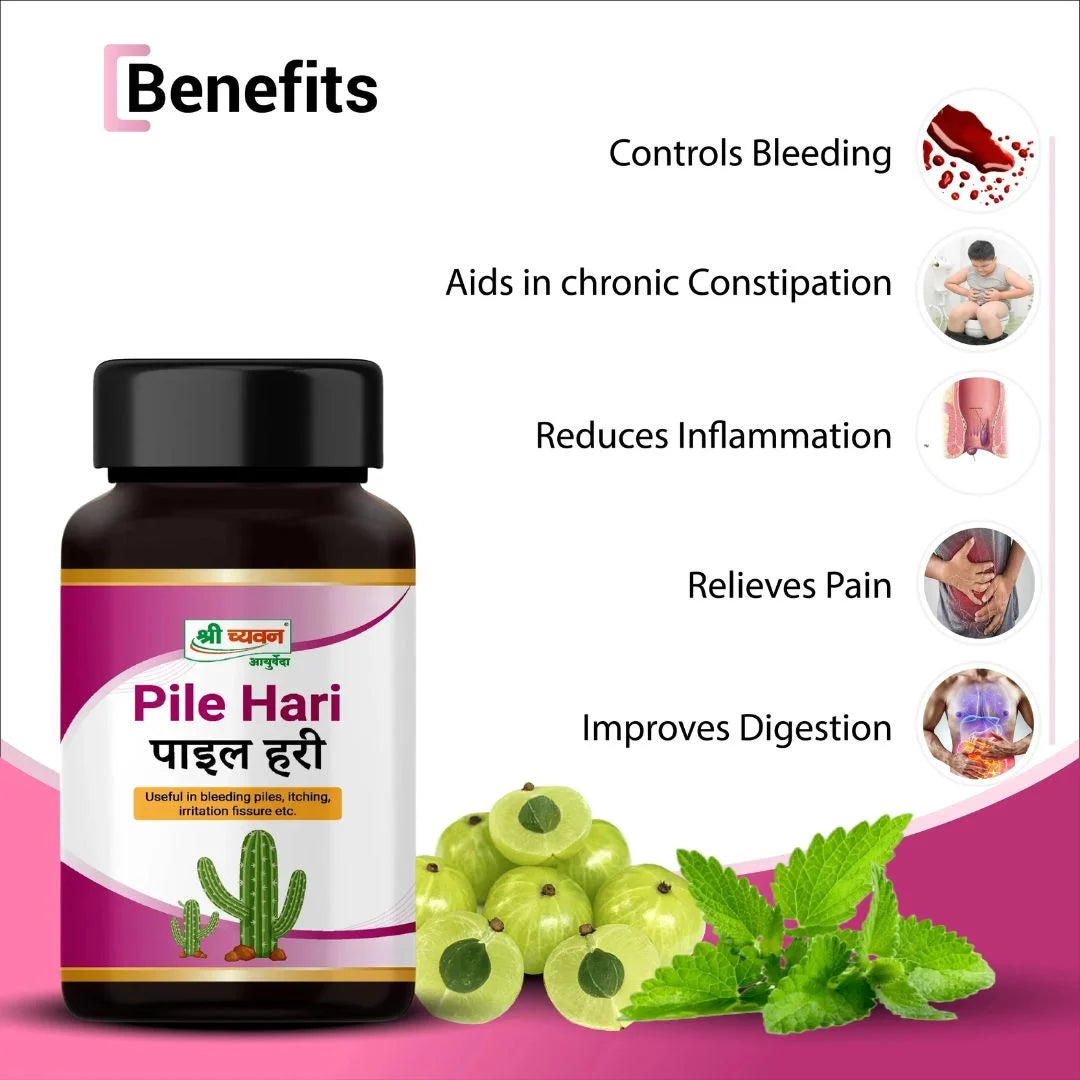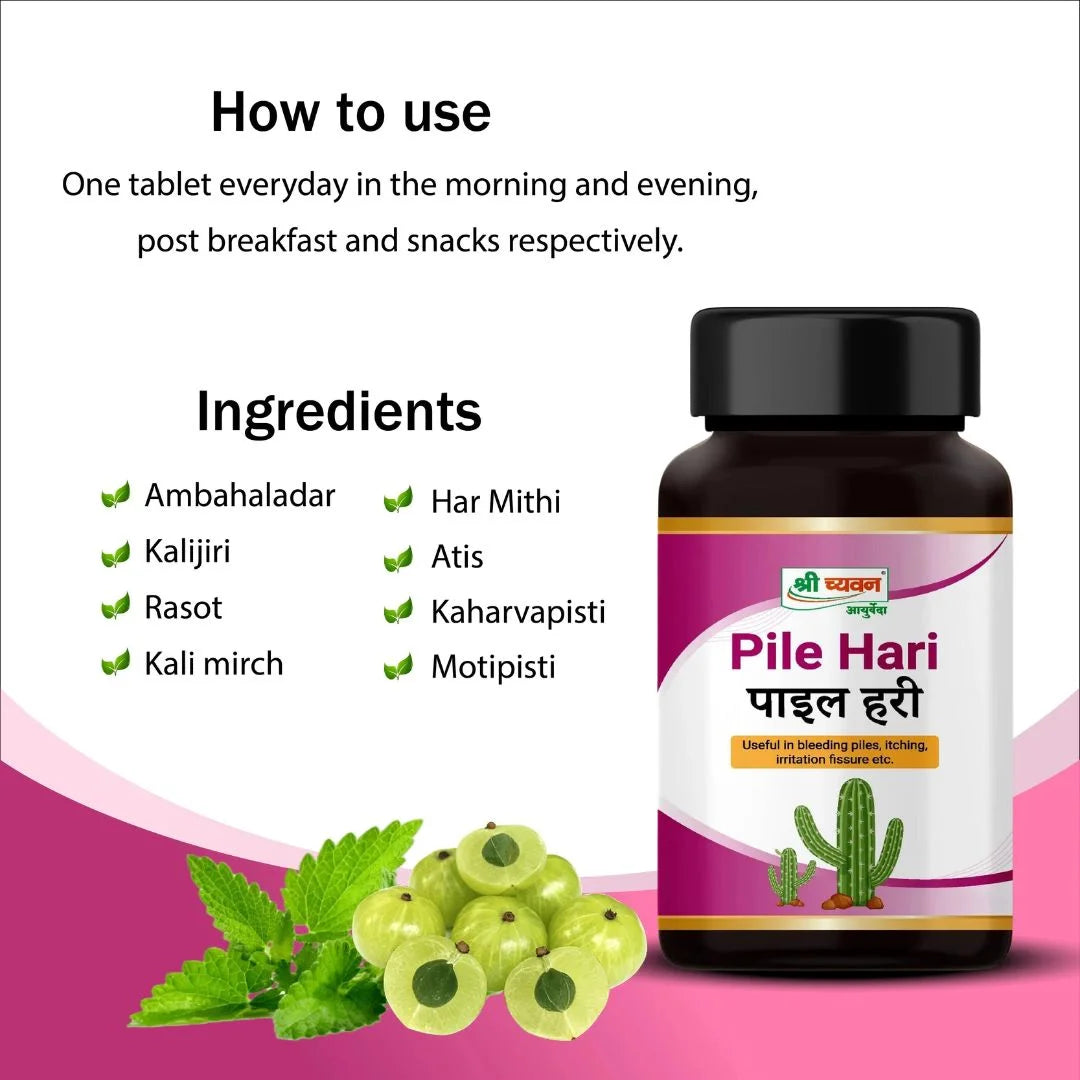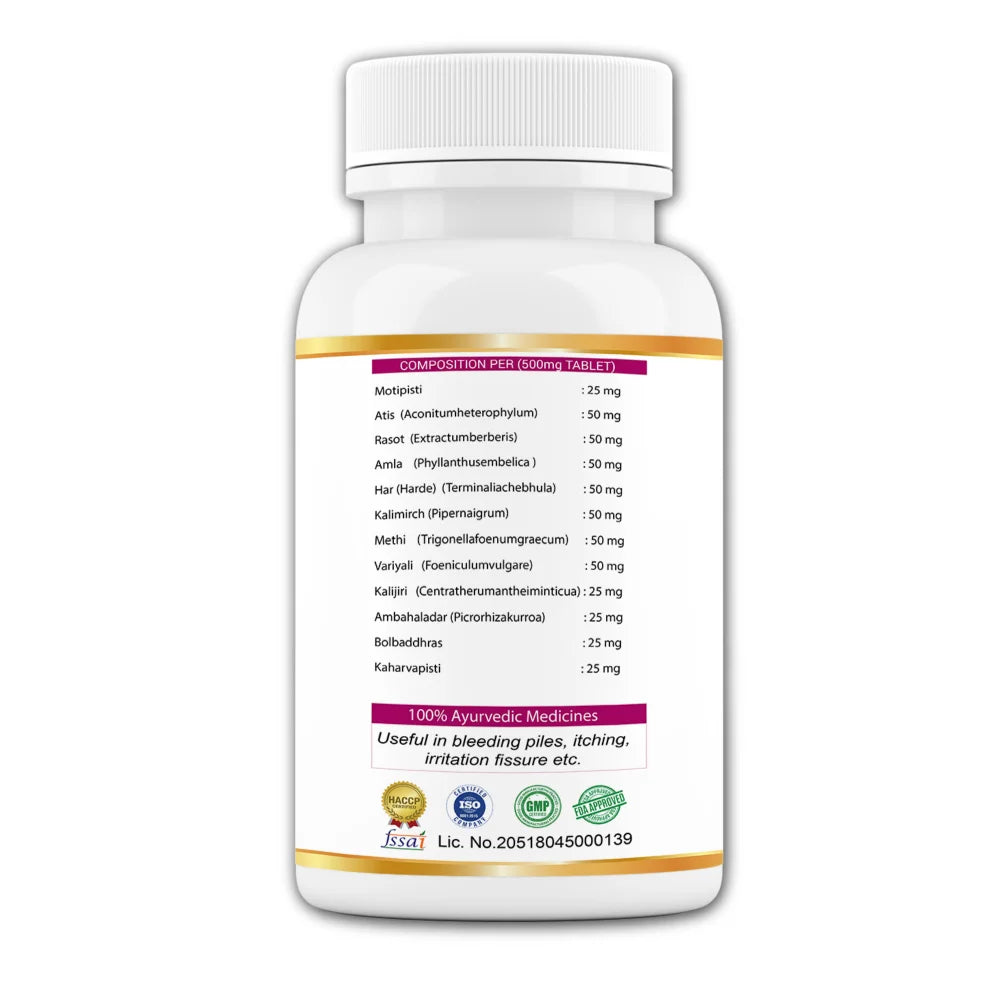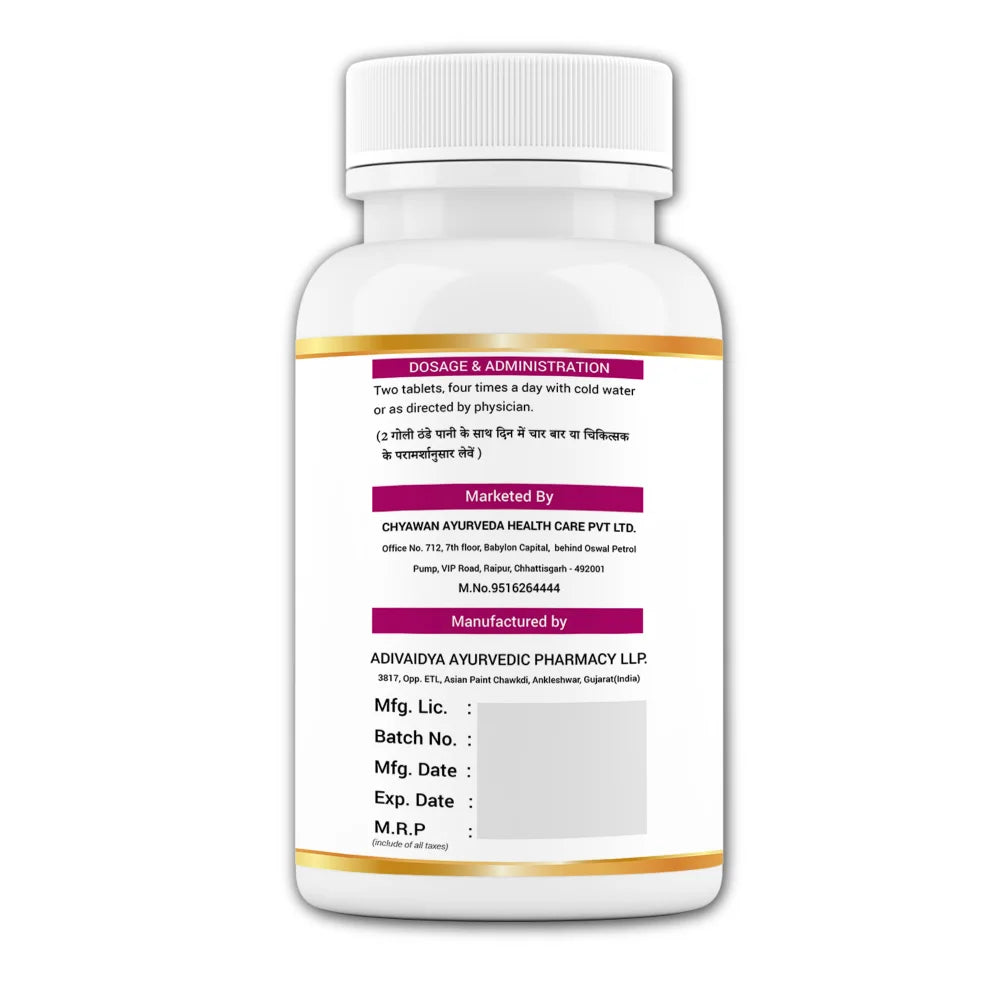What Are Piles?
Piles are swollen veins in the lower rectum and anus, similar to varicose veins. They can cause discomfort, itching, and bleeding, particularly during bowel movements. Hemorrhoids are classified into two main types: internal and external.
Internal Hemorrhoids
Location and Symptoms:
- Internal hemorrhoids are located inside the rectum and are typically not visible or felt.
- They are generally painless but can cause bleeding during bowel movements.
- In some cases, internal hemorrhoids can prolapse, meaning they extend outside the anus, causing pain and discomfort.
- Straining during bowel movements
- Chronic constipation or diarrhea
- Sitting for long periods on the toilet
- Obesity
- Pregnancy, due to increased pressure on the pelvic veins
Location and Symptoms:
- External hemorrhoids are found under the skin around the anus and can be felt as lumps.
- They can cause significant pain, itching, and swelling.
- Blood clots can form in external hemorrhoids, leading to a hard, painful lump known as a thrombosed hemorrhoid.
- Straining during bowel movements
- Prolonged sitting, especially on hard surfaces
- Chronic constipation or diarrhea
- Obesity
- Pregnancy, similar to internal hemorrhoids
100% Ayurvedic Treatment with Pilehari
For those seeking a natural and effective treatment for piles, Pilehari by Shri Chyawan Ayurveda offers a promising solution. This Ayurvedic formulation is designed to provide relief from the discomfort and symptoms associated with both internal and external hemorrhoids. Here's why Pilehari is highly recommended by thousands of BAMS doctors:
Ingredients of Pilehari:
Ambahaladar (Curcuma Amada):
- Anti-inflammatory properties that help reduce swelling and pain associated with piles.
Kalijiri (Vernonia Anthelmintica):
- Aids in improving digestion and alleviating constipation.
Rasot (Berberis Aristata):
- Acts as a natural laxative and helps in relieving constipation.
Kali Mirch (Piper Nigrum):
- Enhances digestion and reduces bloating and gas.
Har (Terminalia Chebula):
- Known for its laxative and anti-inflammatory properties, helps in regular bowel movements and reduces inflammation.
Methatis (Fenugreek Seeds):
- High in fiber, aids in digestion, and helps relieve constipation.
Kaharvapisti:
- Traditional Ayurvedic ingredient that supports digestive health and reduces inflammation.
Motipisti:
- Soothes the digestive tract and helps in reducing inflammation and discomfort.
Amla (Emblica Officinalis):
- Rich in Vitamin C, boosts digestion, and helps in reducing inflammation.
Methi (Fenugreek):
- Promotes healthy digestion and relieves constipation.
Variyali (Fennel Seeds):
- Reduces bloating and improves digestion.
Bolbaddhras:
- Traditional ingredient known for its astringent properties, helps in healing and reducing inflammation.
Kaharvapisti:
- Strengthens digestive health and aids in reducing the symptoms of piles.
Product Benefits:
- Helpful in Piles: Pilehari effectively reduces and provides complete relief from piles symptoms.
- Constipation Relief: Aids in relieving constipation, which is a common cause of piles.
- Aids in Stomach Issues: Helps with stomach-related problems like gas and bloating.
- Reduces Inflammation: The anti-inflammatory properties help soothe pain and discomfort caused by piles.
- Herbal and Safe: Made using herbal products, Pilehari does not cause any side effects.
Doctor Recommended:
The efficacy of Pilehari is backed by the recommendations of thousands of BAMS doctors who trust and prescribe this formulation to their patients for effective piles management.
How Pilehari Works:
- Reduces Inflammation: The herbal ingredients in Pilehari help to reduce inflammation in the rectal area, providing relief from pain and swelling.
- Improves Bowel Movements: Pilehari helps to regulate bowel movements, reducing the strain and pressure on hemorrhoidal veins.
- Strengthens Veins: The formulation works to strengthen the veins in the rectal area, helping to prevent the recurrence of hemorrhoids.
- Promotes Healing: The astringent properties of the herbs promote healing of the affected tissues, reducing bleeding and discomfort.
Understanding the differences between internal and external hemorrhoids is essential for effective management and treatment. Both types of hemorrhoids can cause significant discomfort, but with the right approach, their symptoms can be managed effectively. Pilehari by Shri Chyawan Ayurveda offers a 100% Ayurvedic solution that addresses both the symptoms and root causes of piles. With its blend of natural ingredients and holistic benefits, Pilehari is a trusted remedy recommended by thousands of BAMS doctors.
FAQ's
1. What are internal hemorrhoids?
Answer: Internal hemorrhoids are swollen veins located inside the rectum. They are typically not visible or felt and often cause painless bleeding during bowel movements. In some cases, they can prolapse or extend outside the anus, causing discomfort and pain.
2. What are external hemorrhoids?
Answer: External hemorrhoids are swollen veins located under the skin around the anus. They can be felt as lumps and cause significant pain, itching, and swelling. Blood clots can form in external hemorrhoids, leading to a hard, painful lump known as a thrombosed hemorrhoid.
3. How do the symptoms of internal and external hemorrhoids differ?
Answer: Internal hemorrhoids usually cause painless bleeding during bowel movements and may prolapse outside the anus, causing discomfort. External hemorrhoids, on the other hand, cause significant pain, itching, and swelling around the anus. If they become thrombosed, they can form painful, hard lumps.
4. What causes internal hemorrhoids?
Answer: Internal hemorrhoids are commonly caused by:
- Straining during bowel movements
- Chronic constipation or diarrhea
- Sitting for long periods on the toilet
- Obesity
- Pregnancy, due to increased pressure on the pelvic veins
5. What causes external hemorrhoids?
Answer: External hemorrhoids are typically caused by:
- Straining during bowel movements
- Prolonged sitting, especially on hard surfaces
- Chronic constipation or diarrhea
- Obesity
- Pregnancy, due to increased pressure on the pelvic veins
6. How can you differentiate between internal and external hemorrhoids?
Answer: Internal hemorrhoids are located inside the rectum and are usually not visible or felt, causing painless bleeding. External hemorrhoids are under the skin around the anus, can be felt as lumps, and cause pain, itching, and swelling.
7. Can internal hemorrhoids become external?
Answer: Yes, when internal hemorrhoids prolapse, they can extend outside the anus and may become external, causing additional discomfort and pain.
8. How are internal hemorrhoids treated?
Answer: Treatment options for internal hemorrhoids include:
- Dietary changes to increase fiber intake
- Over-the-counter medications
- Sitz baths to relieve symptoms
- Medical procedures such as rubber band ligation, sclerotherapy, or infrared coagulation for more severe cases
9. How are external hemorrhoids treated?
Answer: Treatment options for external hemorrhoids include:
- Topical creams and ointments to reduce pain and itching
- Sitz baths to alleviate discomfort
- Cold compresses to reduce swelling
- Over-the-counter pain relievers
- Surgical options for severe or thrombosed hemorrhoids
10. Are there any natural remedies for both internal and external hemorrhoids?
Answer: Yes, natural remedies can help manage both types of hemorrhoids. These include:
- Increasing fiber intake to soften stools and reduce straining
- Drinking plenty of water to stay hydrated
- Taking sitz baths to soothe the affected area
- Applying natural topical treatments like witch hazel
- Using Ayurvedic treatments like Pilehari by Shri Chyawan Ayurveda, which is known for its effectiveness in relieving hemorrhoid symptoms without side effects.



